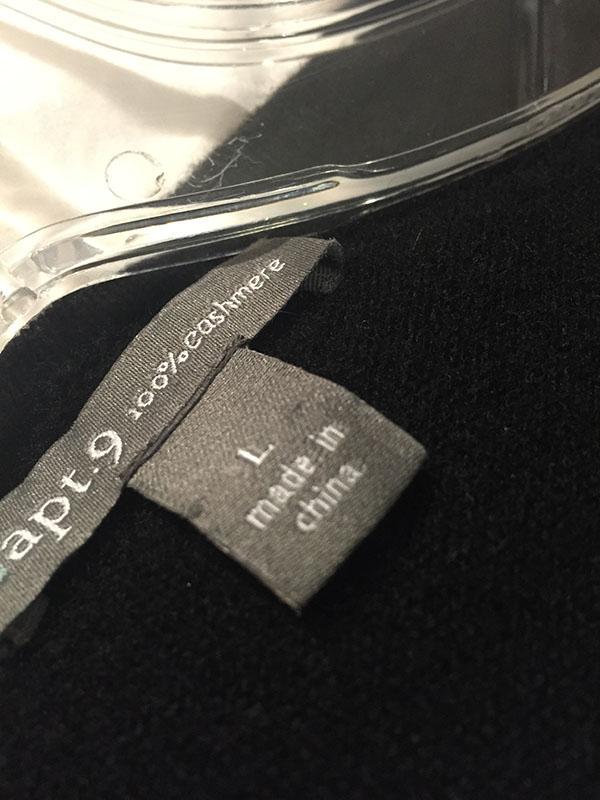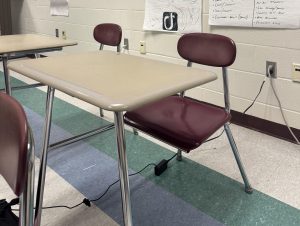Check before checking out
February 16, 2015
As you walk down the hallways of high school each day you start to notice new clothing trends coming and going. Students can take a short drive to any mall, outlet, or big-box store to go on a shopping spree. Styles change often, so frequent trips are made. Having the opportunity to buy new clothes and other material possessions is a luxury. But do we ever consider where our clothing and store-bought items are made? Where the new dress came from? That great pair of jeans?
In more cases than we realize, these clothes come from sweatshops that mistreat workers and use children for labor. A National Labor Committee report suggests that children as young as eleven years old are sewing clothes for Walmart, Hanes, J.C. Penny, and Puma in Bangladesh. Some of the children work fourteen hours a day and often seven days a week. When we buy these items it usually doesn’t occur to us to check where it was made. We could be unintentionally buying products that contribute to the horrors of child labor.
Walmart is convenient as a store where you can buy just about anything at very low prices. But is this convenience worth it? Walmart is one of, if not the most, dominant companies in the world. It is known for its use of unethical labor practices. Walmart’s products come from places like China, Nepal, and Bangladesh. In Bangladesh, poorly regulated garment factories have burned to the ground, killing hundreds of people. One of the factories lacked enough exits for workers to escape the burning.
It’s not easy finding out where clothes were made and under what kind of conditions the workers made them. Most clothing labels say “Made in China” or “Made in Vietnam”. Very few labels read “Made in America”. None of the clothing labels tell us if the clothing was made in a sweatshop or made by children. The best way to find out where clothing comes from is using the internet. Several web sites, including Fashion Revolution and Green America:Living Green: Sweatshop-Free Clothing, provide information about how and where clothing is made. There is also an app called “aVOID” that informs you when you are online shopping about the conditions of clothing factories. This app uses data from an organization called Active Against Child Labor.
Another way to be proactive is to check the tag of your clothing at the store. If it is a country where you are aware they use poor working conditions try to purchase something else with an American Tag. By buying products with a “Made in America” tag or label, you are supporting your country in more ways than one. Not only is buying American made products helping our economy but is also supporting healthy and fair work conditions.
Next time you’re going shopping, remember which stores support poor working conditions and child labor. Instead of shopping at a big-box store like Walmart, try shopping at a local small business and remember to check the labels.














